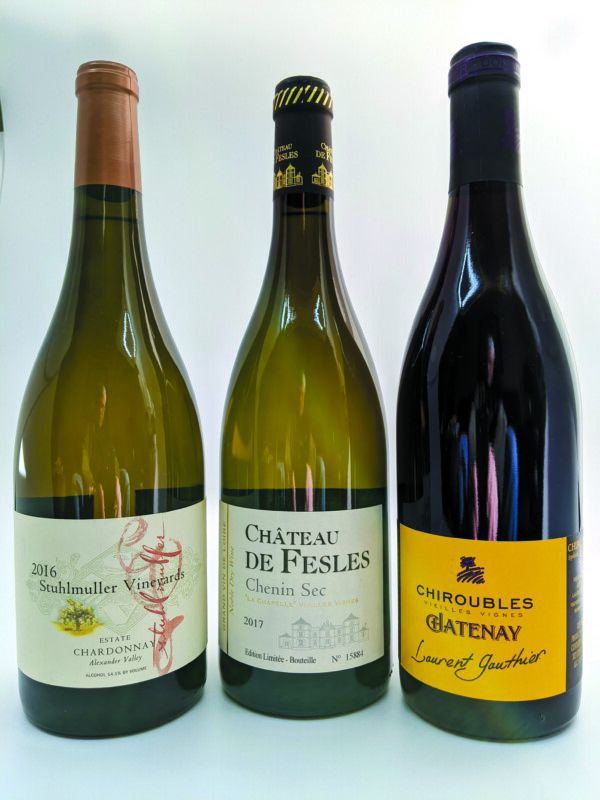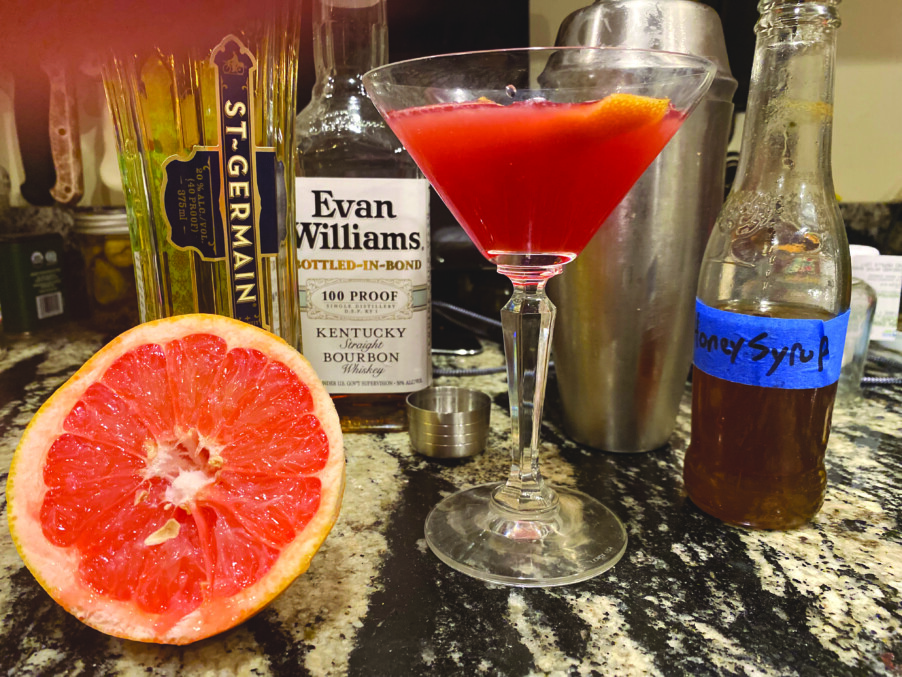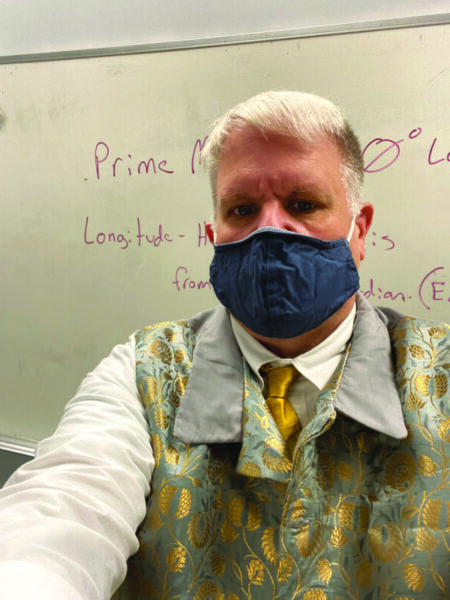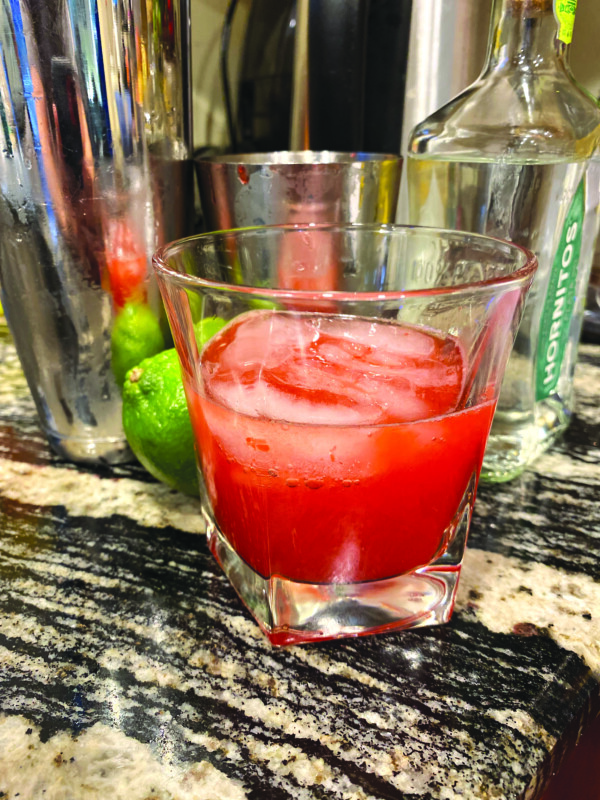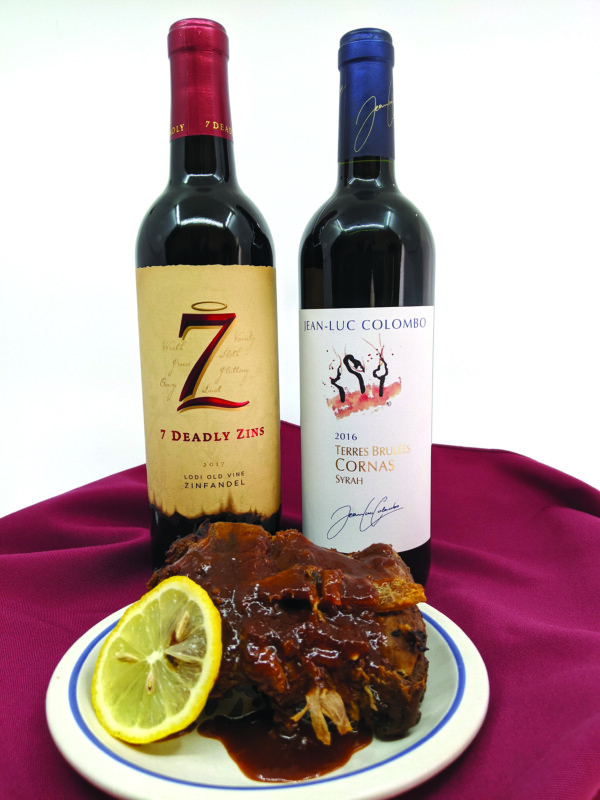Sometimes you need anything but IPA
There are so many incredible craft-brewed IPAs and pale ales these days that it seems they are everywhere you turn. In fact, sometimes, it feels like hops are just slapping you in the face every moment of the day. If you go out to a restaurant for dinner, you might as well just ask for the “IPA list” instead of the beer list. It’s all IPAs anyway.
That’s all well and good because IPAs are delicious and they are packed full of fresh, hoppy exciting flavors — and let’s be honest, they haven’t taken a break from driving the bus for the craft beer movement since it started, I don’t know, 15 years ago.
Sometimes, though, and I feel at least somewhat confident I don’t just speak for myself, enough is enough. Sometimes you want anything but an IPA. Give me a stout or a Pilsner or a sour or a Bud Light or even one of those Cranberry Lambics from the Sam Adams holiday mixed pack that’s probably still in your fridge from 2006.
I was rummaging through my parents’ fridge recently and spotted a Mike’s Hard Raspberry Lemonade that I absolutely know has been there for more than a decade, so don’t just discard the notion that there might be a Cranberry Lambic lurking somewhere in your home.
It can be so rejuvenating for your palate to walk away from the hops for a bit and just appreciate that there’s a lot more great beer out there than just IPAs and pale ales.
Depending on my mood, when it hits me that my mouth needs a hop break, I tend to turn to what I call basic styles: Pilsners, stouts and amber ales. I’m not typically turning away from IPAs to turn toward some crazy sour that’s brewed with elderberry, jalapenos and peanut butter.
When I say basic, I don’t mean beers that are in any way lesser. I just mean brews that are more what I think of as traditional beers. Here are three basic brews that speak to me and I think will speak to you when your taste buds want to step away from IPAs.
Love Me For A Long Time by Throwback Brewery (North Hampton)
This Bohemian Pilsner is the epitome of crisp and clean. It’s a beer. It’s light, refreshing and flavorful. Pilsners get a bad rap sometimes and, when it gets right down to it, I just don’t understand it. They’re easy to drink, they taste great and they pair with basically any food and any situation. If your vision of pilsners starts and ends with Coors and Budweiser, it’s well worth exploring the array of craft brewers pumping out Pilsners these days.
Nations ESB by Millyard Brewery (Nashua)
I love the ESB or extra special bitter style, though it’s almost funny to think of this style as bitter compared to the pronounced bitterness you find in today’s brews. I haven’t had this particular brew, though I will, but I typically equate the style with a rich amber pour and a nice malty mouthful in a very, very easy to drink package. At 4.1 percent ABV, this is a beer and a style that begs for another.
Working Man’s Porter by Henniker Brewing Co. (Henniker)
This is a hearty brew but don’t be fooled; this is exceptionally easy to drink at 5.2 percent ABV. This English-style dark ale lends big malt flavors and a little complexity. This is just a terrific all-around porter. This is a great beer to grab when you want something smoother and richer.
What’s in My Fridge
Oktoberfestbier by Spaten-Franziskaner-Bräu (München, Germany)
Actually brewed in Germany, this true Oktoberfest brew is about as authentic as it gets when it comes to the Marzen style. The classic brew features a rich amber pour, mild bitterness, a bready malt and a medium body. This is flavorful, easy to drink and makes you feel like you’re in Germany for Oktoberfest. Cheers!
Featured photo: Love Me For A Long Time Bohemian Pilsener by Throwback Brewery. Courtesy photo.


